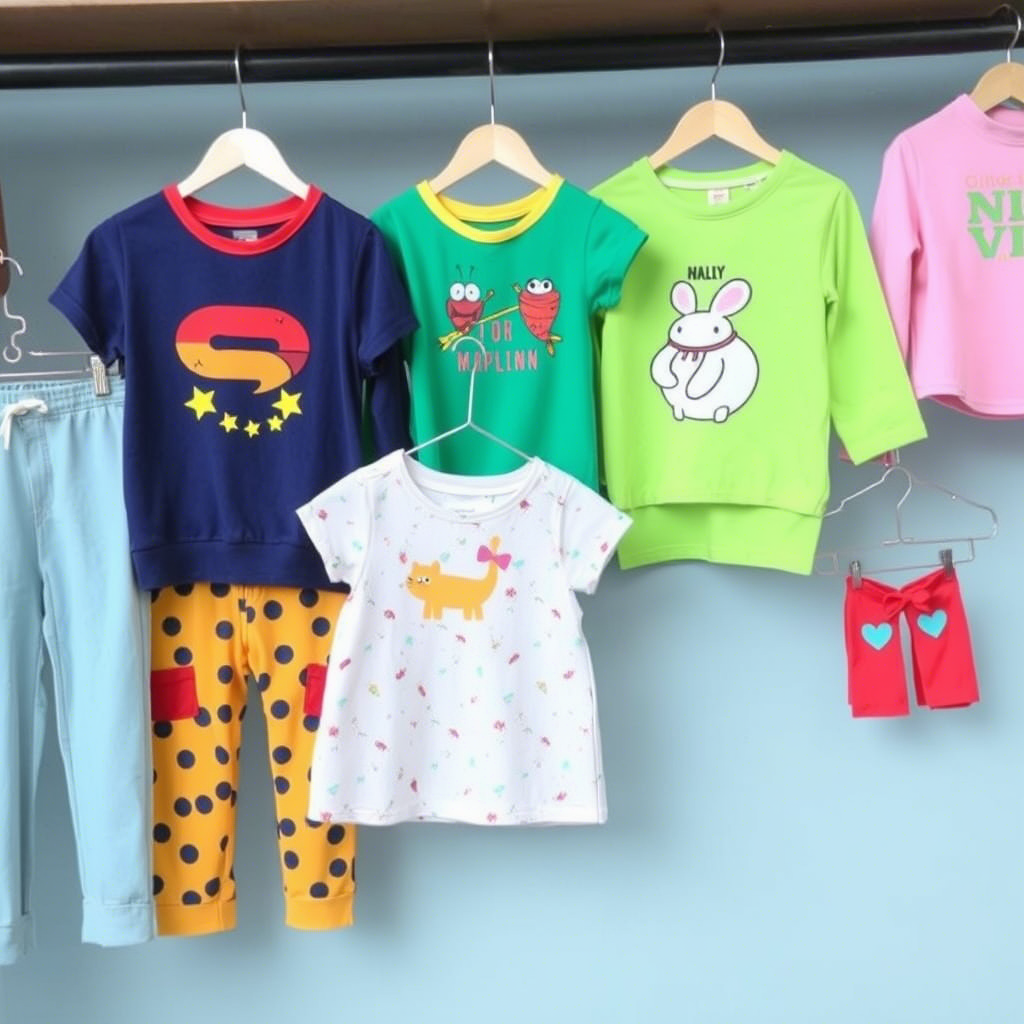Kids Jeans and Clothing for Wholesale: A Comprehensive Guide
The wholesale market for kids’ jeans and clothing is a thriving industry, driven by the ever-growing demand for fashionable and comfortable apparel for children. As a wholesaler or retailer, sourcing high-quality kids’ clothing in bulk is crucial to meeting this demand and staying competitive in the market. In this article, we will explore the world of kids’ jeans and clothing for wholesale, covering key aspects such as market trends, product selection, pricing, and supplier selection.
Understanding the Market for Kids’ Clothing Wholesale
The demand for kids’ clothing is on the rise, driven by factors such as increasing birth rates and a growing awareness of fashion among parents. According to a recent market research report, the global kids’ clothing market is expected to grow at a CAGR of 4.5% over the next five years.
 To capitalize on this trend, wholesalers need to stay abreast of the latest fashion trends and consumer preferences. Some key trends in kids’ clothing include sustainable and eco-friendly clothing, comfortable and practical designs, and clothing with fun and engaging designs.
To capitalize on this trend, wholesalers need to stay abreast of the latest fashion trends and consumer preferences. Some key trends in kids’ clothing include sustainable and eco-friendly clothing, comfortable and practical designs, and clothing with fun and engaging designs.
Key Trends in Kids’ Clothing
- Sustainable and eco-friendly clothing
- Comfortable and practical designs
- Clothing with fun and engaging designs
Sourcing High-Quality Kids’ Jeans and Clothing
When it comes to sourcing kids’ jeans and clothing for wholesale, quality is paramount. Wholesalers need to find suppliers who can provide high-quality products that meet the demands of discerning parents. Some key factors to consider when evaluating suppliers include the quality of materials, attention to detail, and compliance with safety regulations.
Evaluating Suppliers
- Quality of materials used
- Attention to detail in design and manufacturing
- Compliance with safety regulations and standards
Product Selection and Assortment
A well-curated product assortment is crucial to attracting and retaining customers. Wholesalers need to offer a diverse range of products that cater to different tastes, preferences, and age groups.
 This can include a mix of basic essentials, trendy fashion items, and seasonal clothing.
This can include a mix of basic essentials, trendy fashion items, and seasonal clothing.
Creating a Balanced Product Assortment
- Basic essentials such as t-shirts and jeans
- Trendy fashion items such as graphic t-shirts and distressed denim jeans
- Seasonal clothing such as winter coats and summer dresses. For example, you can check out our collection of boys’ coats for the latest winter fashion trends.
Pricing Strategies for Kids’ Clothing Wholesale
Pricing is a critical factor in the kids’ clothing wholesale market, as it directly impacts profitability and competitiveness. Wholesalers need to strike a balance between offering competitive prices and maintaining profit margins. Some key pricing strategies include tiered pricing, bundle pricing, and discounting.
Effective Pricing Strategies
- Tiered pricing based on quantity purchased
- Bundle pricing for multiple products
- Strategic discounting to drive sales and clear inventory
Building a Strong Supplier Relationship
Building a strong relationship with suppliers is essential to securing high-quality products, favorable pricing, and reliable delivery.
 Wholesalers need to communicate effectively with suppliers, negotiate fair terms, and foster a collaborative partnership.
Wholesalers need to communicate effectively with suppliers, negotiate fair terms, and foster a collaborative partnership.
Key Elements of a Strong Supplier Relationship
- Clear and effective communication
- Fair and transparent negotiation
- Collaborative partnership to drive mutual growth
For a wide range of kids’ clothing and accessories, you can visit our wholesale kids clothing collection.
Conclusion
The wholesale market for kids’ jeans and clothing is a dynamic and competitive industry, driven by changing consumer preferences and trends. By understanding the market, sourcing high-quality products, creating a balanced product assortment, implementing effective pricing strategies, and building strong supplier relationships, wholesalers can succeed in this market. As the demand for kids’ clothing continues to grow, wholesalers who stay ahead of the curve and adapt to changing market conditions will be well-positioned for success.

Comments